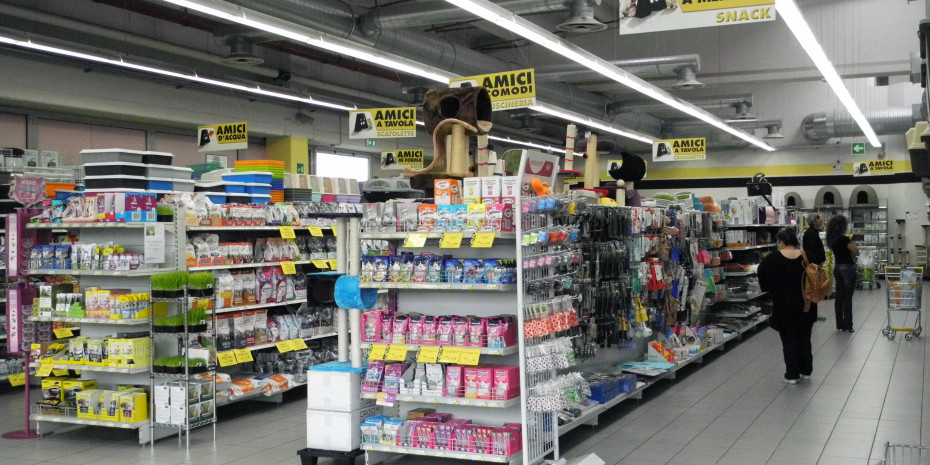This has largely been due to strong pet humanisation, which is being driven by demographic trends. In 2014, Italy was the seventh largest pet care market in the world and the fourth largest in western Europe, with value sales of $4 bn, according to Euromonitor International data. However, it is also a market in decline, with value sales falling by 3 per cent, or $126 mio, between 2009 and 2014.Italy's economy continues to underperform (GDP continued to decline during 2014, even as the wider Eurozone stabilised), with an elevated rate of unemployment (13 per cent in 2014) and soaring public debt (132 per cent of GDP during the same year). As a result, the country's real median household income plunged 16 per cent to $43 307 between 2009 and 2014, while real per household consumer expenditure declined by 13 per cent to $48 835.
No significant impact
Against this dire economic background, a 3 per cent decline in pet care value sales between 2009 and 2014 is actually quite modest. Hard times have not had a significant impact on either the popularity of dogs and cats as pets or the proportion of pets being fed prepared food. This is due to non-economic factors, namely the fact that Italy is an ageing and urbanising society where children are increasingly scarce - trends that correlate strongly with pet humanisation and premiumisation the world over. Italy's median age of population stood at 45 years in 2014 (one of the highest in the world), while the number of single-person households soared 22 per cent, to nine million, between 2009 and 2014.
Premium products dominate
The high level of pet humanisation in Italy is best demonstrated by the strong performance of premium products, which account for more than two thirds of value sales of dog and cat food (excluding treats and mixers). Between 2009 and 2014, real value sales in the economy, mid-priced and premium segments declined by 2 per cent, 16 per cent and 2 per cent respectively. It is also notable that while private label is a significant presence in economy and mid-priced dog and cat food (accounting for 61 per cent and 14 per cent of value sales respectively in 2014), it has yet to pene-trate the premium category.
Most popular pet websites in Italy
The world of e-commerce is revolutionizing several industries, and the pet industry is no exception. At a time when animal care and welfare are …
Strong growth in sales of dog and cat treats is also indicative of pet humanisation in…



